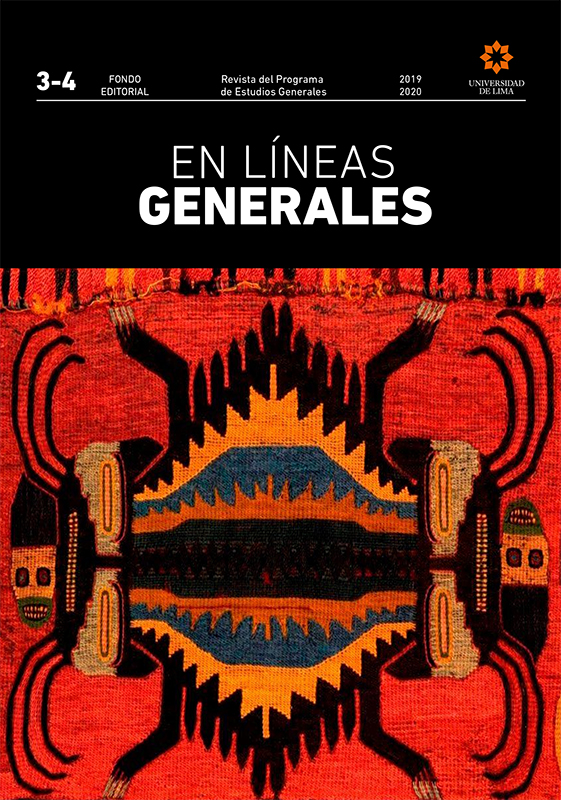Relational art as a tool in public management in Lima museums
DOI:
https://doi.org/10.26439/en.lineas.generales2020.n3-4.5084Keywords:
Relational art, aesthetic, museums, studies, Peru, Lima, public managementAbstract
In the nineties, experts in artistic research began to address relational aesthetics from the studies of the
French esthete Nicolas Bourriaud. One of the most important principles of this aesthetic current is that the
object of study of art do not focus on the artistic object, but on the bond that is generated between the artistic object and the public; thus gaining a close relationship between the subject, object (work of art) and artist. These ideas are gestated from precepts such as those of Pierre Bourdieu in which he indicates that current art is a space of objective relationships between positions, which also shows that the artistic work functions as a relational device. This article is based on a museum management proposal through the use of Relational Art, understood as a tool to improve relations between the community and make them active members of the museum. Relational art (through proposals such as performance, art and improvisation) has provided, in the last years, tools that enable the cultural worker to subsequently develop educational programs, workshops, exhibitions that contemplate not only the artist, but also the art critic and art history student; but to the general public.
Downloads
References
Belenguer, M. C., y Melendo, M. (2012). El presente de la estética relacional: hacia una crítica de la crítica. Calle 14. Revista de Investigación en el Campo del Arte, 6(8),88-100. https://doi.org/10.14483/udistrital.jour.c14.2012.1.a08
Bourriaud, N. (2006). Estética relacional (traducción de C. Beceyro y S. Delgado). Buenos Aires: Adriana Hidalgo, editora.
Chaparro, L. (2017). El arte relacional como herramienta en las nuevas metodologías de enseñanza en cursos de Humanidades de alumnos de Diseño. Actas EDK: Anuario de Arte y Diseño, 1, 30-34. Recuperado de http://repositorio.usil.edu.pe/bitstream/USIL/2637/3/2017_USIL_Actas-EDK.pdf
David Flores-Hora: MUCEN [opinión]. (27 de julio del 2017). Perú21. Recuperado de https://peru21.pe/cultura/david-flores-hora-mucen-opinion-90791-noticia/
Marxen, E. (2009). La etnografía desde el arte. Definiciones, bases teóricas y nuevos escenarios. Alteridades, 19(37), 7-22. Recuperado de http://www.scielo.org.mx/scielo.php?script=sci_arttext&pid=S0188-70172009000100002
Sábate, M., y Gort, R. (2012). Museo y comunidad. Un museo para todos los públicos. Barcelona: Ediciones Trea.
Taylor, D., y Fuentes, M. (2011). Estudios avanzados de performance. Ciudad de México: Fondo de Cultura Económica.
Tolosa Rivera, M. (2015). El arte como posible herramienta metodológica para la construcción de paz (trabajo de investigación para optar el título de especialista en acción sin daño y construcción de paz). Universidad Nacional de Colombia, Bogotá, Colombia.


